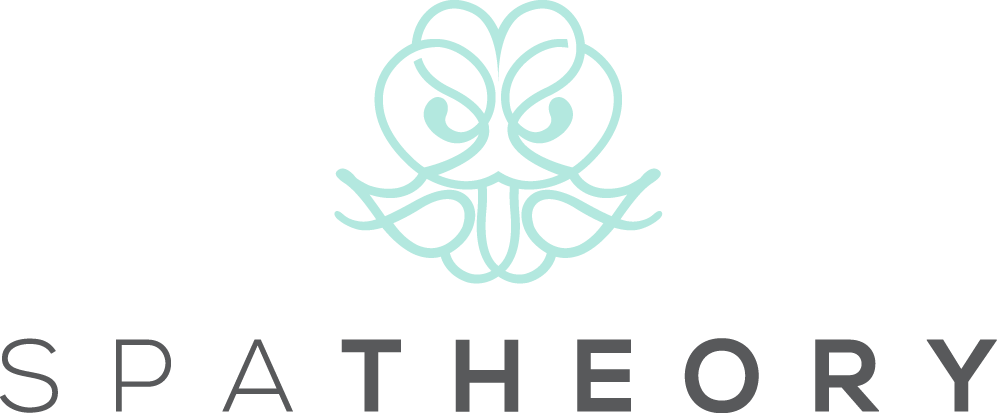Massage for High Blood Pressure: A Natural Approach to Better Health
High blood pressure, also known as hypertension, affects millions worldwide and is a major risk factor for heart disease and stroke. While lifestyle changes and medication are the mainstay treatments, many are seeking complementary approaches to manage this condition. Enter massage therapy: a holistic, non-invasive treatment gaining traction for its potential benefits in managing high blood pressure. So, how can massage therapy help those with high blood pressure? Let’s take a look!
What is high blood pressure?
High blood pressure, also known as hypertension, is a common medical condition wherein the force of blood against your artery walls is consistently too high. Blood pressure is determined by both the amount of blood your heart pumps and the resistance to blood flow in your arteries, and the more blood your heart pumps and the narrower your arteries, the higher your blood pressure.
What causes high blood pressure?
High blood pressure can be a result of various factors. Primary, or essential hypertension, tends to develop gradually over time due to factors such as age, family history, obesity, lack of physical activity, tobacco use, excessive sodium intake, and high alcohol consumption.
Secondary hypertension occurs rapidly and can become more severe than primary. It tends to be caused by an underlying condition such as kidney disease, hormonal disorders, or as a side effect of certain medications.
Can people with high blood pressure get a massage?
In general, people with high blood pressure can generally get a massage, and many may find it beneficial as part of a holistic approach to managing their condition. As we’re going to explore in greater detail further on, massage therapy can promote relaxation, reduce stress, and enhance blood circulation, which can help mitigate some of the factors contributing to high blood pressure.
However, there are important considerations to bear in mind if you’re considering adding massage therapy into your treatment arsenal. Most notably, not all types of massage are suitable for people with high blood pressure - for instance, more vigorous forms of massage, such as deep tissue or sports massage, may not be appropriate as they can temporarily increase blood pressure. For this reason, always consult with a healthcare provider before beginning any new treatment regimen, including massage therapy.
Can massage lower blood pressure?
While it’s important to follow your doctor’s advice and take any medication that’s been prescribed to you to treat the condition, massage therapy is gaining recognition as a solution to help those suffering from high blood pressure manage their condition in a holistic, supplementary way.
While studies remain ongoing in measuring the efficiency of massage therapy in improving high blood pressure, there are specific ways that high blood pressure and massage interact to promote better health. So let’s take a look at what they are!
Reduction of stress hormones
Stress is a known contributing factor to high blood pressure, and massage therapy is well-regarded for its ability to reduce stress, promote the body’s natural “happy hormones” and promote overall relaxation. By lowering the body's production of stress hormones like cortisol and adrenaline, massage can indirectly help to lower blood pressure, especially when carried out in a relaxing, comfortable setting for the patient - for example, in-home massage therapy carried out by professional massage therapists at the patient's home. In short, relaxation reduces the heart's workload, allowing it to pump blood to the rest of the body more efficiently, which in turn may lead to a decrease in blood pressure.
Enhanced blood circulation
Another way massage and high blood pressure interact positively is through enhanced blood circulation: massage encourages the smooth flow of blood throughout the body, which can help reduce the force that blood exerts on the arteries. Additionally, massage helps in the release of nitric oxide in the blood vessels, a natural vasodilator, which widens the blood vessels and further aids in lowering blood pressure.
Improvement of vagal activity
The vagus nerve plays a vital role in controlling heart rate and blood pressure, and massage therapy, especially techniques like Swedish massage, has been found to stimulate vagal activity, which can help contribute to a decrease in heart rate, and potentially, a reduction in blood pressure. It's a subtle and complex interaction, yet another example of how massage can act as a complementary approach in managing high blood pressure.
Better sleep quality
Good sleep is essential for the body's ability to regulate stress hormones and maintain a healthy blood pressure, and chronic sleep deprivation has been linked with hypertension. Given that massage therapy has been proven to aid in improving sleep quality - primarily due to its ability to reduce muscle tension and promote overall relaxation - regular massage can become a multi-faceted tool when it comes to managing high blood pressure on a day-to-day basis.
High blood pressure and massage: important considerations
While the benefits of massage therapy for high blood pressure are promising, it's crucial to consider this treatment as a complementary approach rather than a primary solution. Massage therapy should not replace prescribed medications or other medical treatments for hypertension.
This is because - as you likely already know - high blood pressure is a serious condition that requires medical intervention and professional monitoring, so it's absolutely essential to continue taking any medications and making any lifestyle changes recommended by your healthcare provider.
Furthermore, it's vital to consult with your doctor before incorporating massage into your treatment plan, particularly if you have severe hypertension or related complications such as heart disease. Some forms of massage may not be appropriate and could potentially lead to adverse effects.

